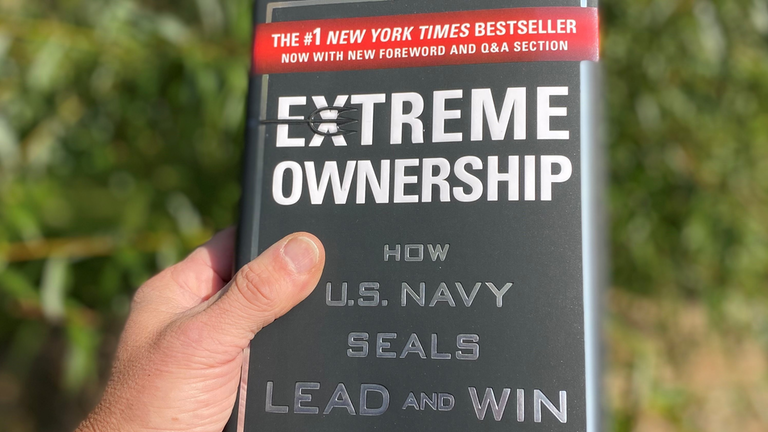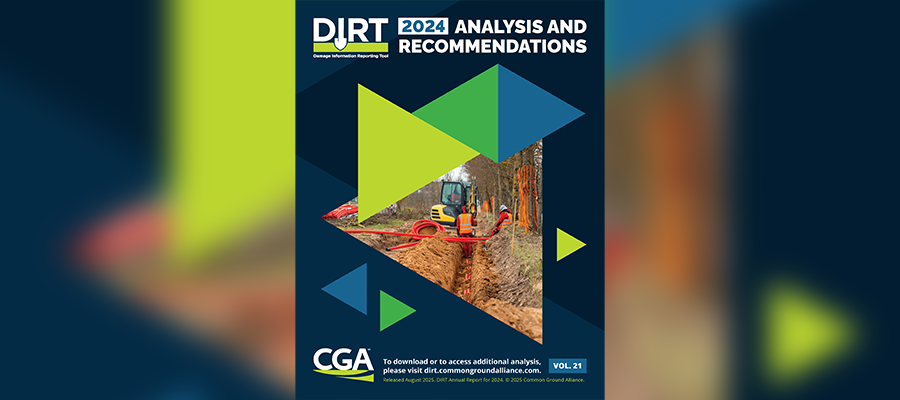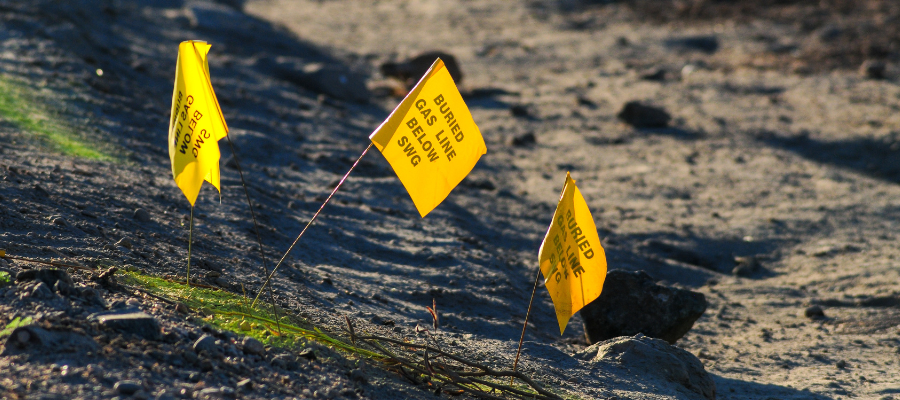Lessons & Opportunities from Extreme Ownership

Lessons & Opportunities from Extreme Ownership
by Keith Pancake, Safety Manager, ACRT & Bermex
“Ownership” is a foundational element of the utility vegetation management industry. Our electric, gas, and water utility partners must own their services to their customers at all times, taking responsibility for ensuring reliable power 24/7/365. And we as service providers to utilities must own the work we perform for them and their customers.
Published in 2015, the book Extreme Ownership: How U.S. Navy SEALs Lead and Win by Jocko Willink and Leif Babin — two retired U.S. Navy SEALs — was rapidly adopted throughout UVM and many other industries across the country.
The authors link leadership experiences from the battlefield to principles that apply to business applications. Early on, the statements “there are no bad teams, only bad leaders” and there are “only two types of leaders: effective and ineffective” cement the key point that what happens in our respective lines of operation is our responsibility, including what we can’t control.
As supervisors, managers, and directors, it’s up to us to adopt this approach first and implement it throughout our teams, regardless of their size. Aligning our people around this concept of taking complete ownership enables all of us to solve issues effectively and with greater focus — and without looking for fault.
There are many great insights and lessons in Extreme Ownership, and throughout our organization, they seamlessly link with our philosophy of leading from the front, practicing servant-leadership, and empowering employees to achieve greater levels of success for our clients, our organization, and themselves.
We strongly encourage any leaders seeking real-world lessons and guidance to apply in their daily work to pick up a copy of Extreme Ownership. If you’d like to learn more about Bermex and our work, visit bermex.acrt.com.
Related Articles

By Tommy Combs, President, Bermex In the latest edition of the DIRT Report, the Common Ground Alliance (CGA) reveals that despite decades of progress in underground infrastructure damage prevention, the industry remains at a critical turning point. The 2024 data show a concerning plateau, and in some cases a reversal, in the trend of reducing[...]
Read More
Every year on Veterans Day, we pause to honor the men and women who have worn our nation’s uniform. They come from every background and every corner of the country, united by a common purpose: to serve something greater than themselves. Their service enriches our organization, and we are grateful for the impact they continue[...]
Read More
By Mark Green, Business Development Manager, Bermex Environmental responsibility and resource conservation are more than good PR; they have become critical, bottom-line imperatives. Utility companies find themselves at the forefront of a sustainability battle that extends far beyond their traditional operational boundaries. At the heart of this challenge lies a deceptively simple yet profound issue:[...]
Read More
By Thomas Gooch, Director of Operations, Bermex Every few minutes across the United States, someone digging into the ground accidentally strikes an underground utility line. The consequences of these incidents extend far beyond the immediate damage to pipes, cables, or equipment. Utility strikes represent an extremely expensive and dangerous infrastructure challenge. The Financial Impact According[...]
Read MoreCategories
Recent Posts
- Diffusing a Difficult Customer [Infographic] 10th Sep 2018
- Neighborhood Safety [Infographic] 24th Sep 2018
- Bermex Has Named Keith Pancake as New Safety Manager 02th Dec 2019